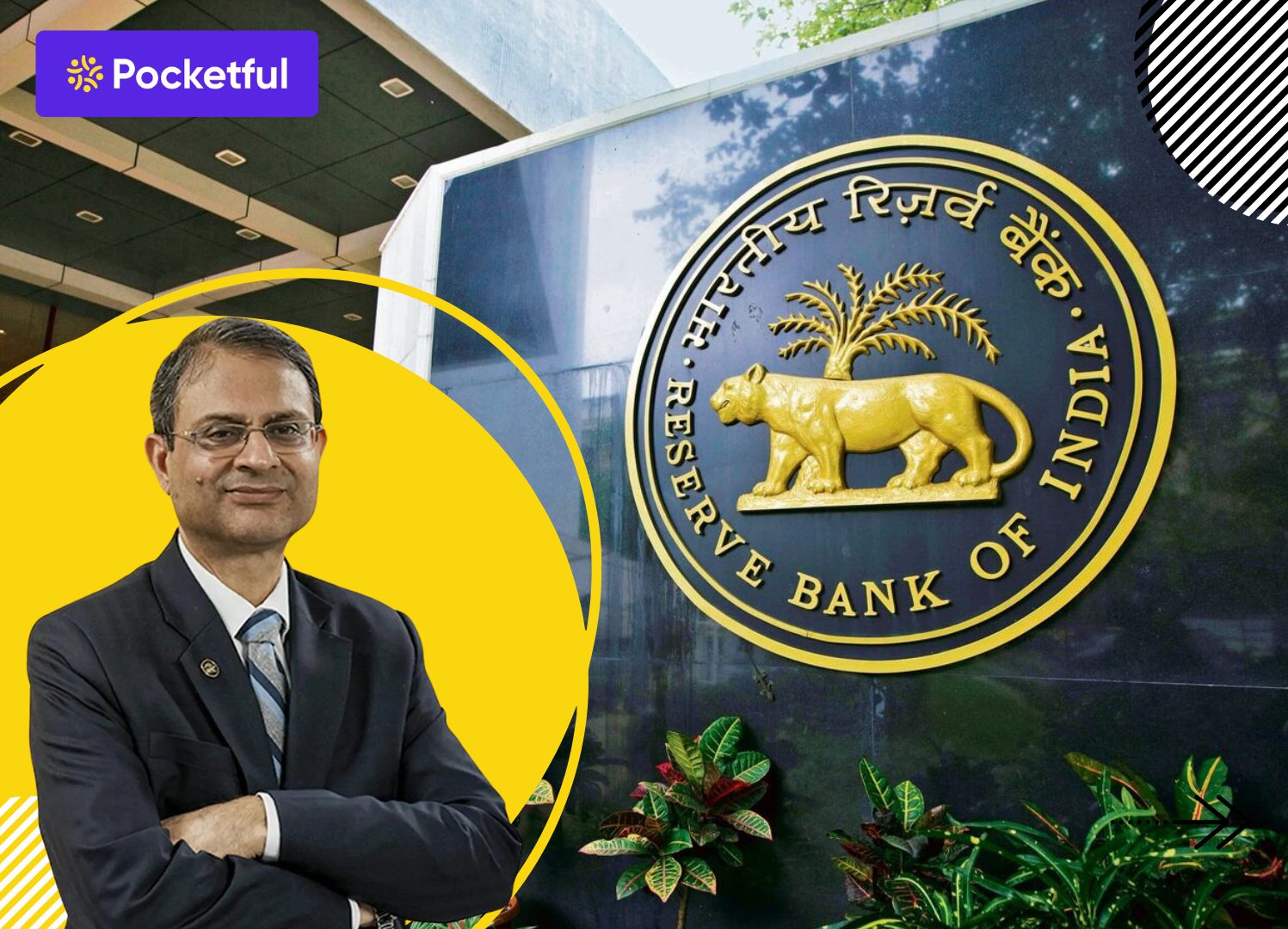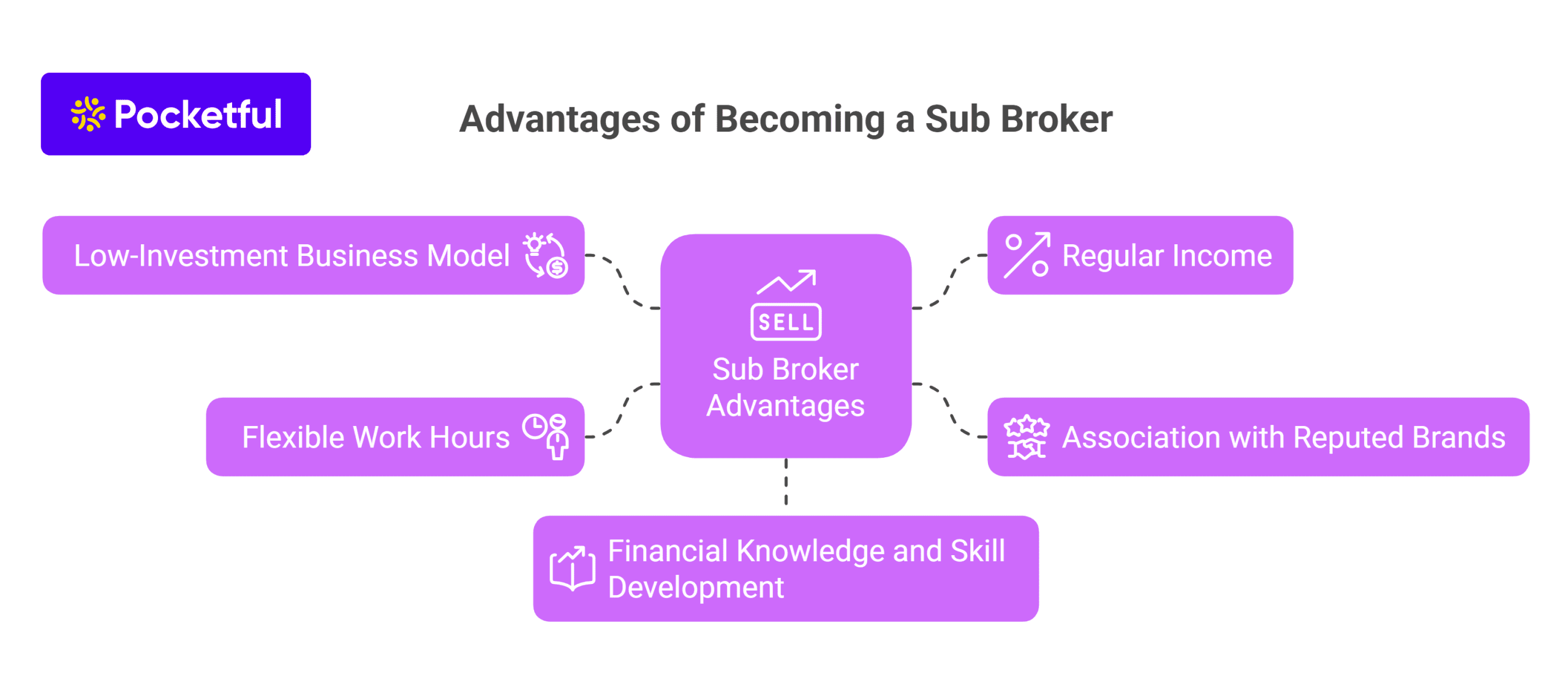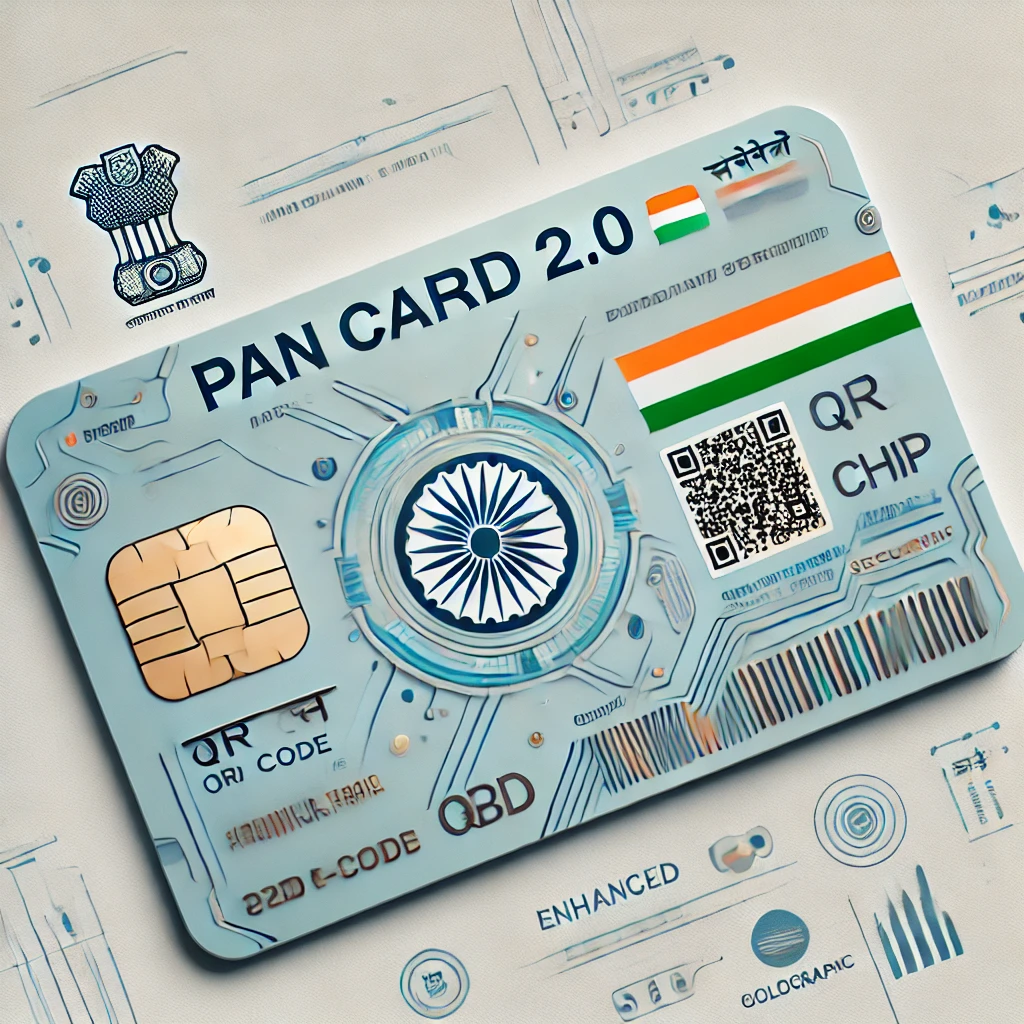Amid a shifting global economic landscape and geopolitical uncertainties, the RBI’s June 2025 monetary policy offers crucial insights into India’s financial direction. RBI released its new monetary policy on 6 June 2025, in which an attempt has been made to support economic growth by reducing interest rates.
Here’s a quick breakdown of key decisions shaping growth, interest rates, and market sentiment.
Key Decisions
| Key decisions | Description |
|---|---|
| Repo Rate | Cut by 0.50%, new rate at 5.5% |
| Cash Reserve Ratio (CRR) | Reduced from 4% to 3% |
| Policy Stance | Now “Neutral” |
| FY26 GDP Growth Estimate | 6.5% |
| FY26 Inflation Forecast | 3.7% |
Its Effects
- Relief in EMI: Due to the reduction in interest rates, home loans and car loans will become cheaper.
- Market boom: Positive sentiment seen in the banking and real estate sector.
- Boosting economic momentum: Lower interest rates are expected to boost investment and spending.
Impact of RBI’s monetary policy on different sectors
RBI’s new policy affects every sector. Let’s see which sectors will benefit this time and why:
- Banking and NBFC sector: When interest rates are low, banks get cheap money. This means that they will be able to give out more loans. NBFCs i.e. non-banking finance companies will also have access to cheap credit, making it easier for common people to take loans.
- Real estate sector: This is good news for home buyers because the interest rates on home loans will be low, which will also reduce EMI (installment). This will encourage people more interested in buying a house, resulting in higher real estate prices.
- Automobile sector: Buying cars and bikes will also become cheaper. Due to low interest rates, financing will be easy, encouraging more people to buy vehicles, especially during festivals.
- Consumer goods and retail sector: When interest is low, people spend more. This benefits the FMCG and retail sectors selling everyday items as the number of buyers increases.
- Stock market and capital market: A reduction in interest rates reduces the bond yield, which is a good sign for the stock market. This increases investor participation in equity markets and leads to a boom in the equity markets.
In this way, this policy decision of the RBI will strengthen the country’s economy as well as bring positive changes in various sectors.
Reasons behind RBI’s policy decision (June 2025)
The reasons behind the RBI’s decision regarding the rate cut have been explained below:
- Balance of inflation and economic growth: Inflation rate (CPI) in India stood at around 3.16% in April 2025, which is lower than RBI’s target of 4%. This means that prices have not increased much. Therefore, interest rates were reduced to boost economic growth. Also, GDP growth has been estimated at 6.5% for the financial year 2025-26, which shows that the economy is growing at a good pace.
- Global economic environment and challenges: Oil prices remain between $60 and $65 per barrel, down from a high of $80 per barrel in January 2025. Reduction in oil prices increases profit margins of companies. Apart from this, the Russia-Ukraine war and other political instabilities are also slowing down the economic recovery a bit.
- Liquidity in the banking system: RBI has decreased the Credit Reserve Ratio (CRR) to 3% to increase the availability of cash. This means that banks will have more money, so that they can give more loans and this will accelerate economic activities.
Updated GDP and Inflation Rate Projections for FY26 As per June 2025 RBI Policy
1. GDP growth forecast for FY26 (Unchanged)
| Quarterly | Earlier Estimate | Updated Estimate (June 2025) |
|---|---|---|
| Q1 FY26 | 6.5% | 6.5% |
| Q2 FY26 | 6.7% | 6.7% |
| Q3 FY26 | 6.6% | 6.6% |
| Q4 FY26 | 6.3% | 6.3% |
| Total FY26 | 6.5% | 6.5% (Unchanged) |
2. FY26 Inflation (CPI) Forecast – Revised Downward
| Quarterly | Earlier Estimate (%) | Updated Estimate (June 2025) (%) |
|---|---|---|
| Q1 FY26 | 3.6% | 2.9% |
| Q2 FY26 | 3.9% | 3.4% |
| Q3 FY26 | 3.8% | 3.5% |
| Q4 FY26 | 4.4% | 4.4% |
| Total FY26 | 4.0% | 3.7% (Revised Down) |
Expectations for the coming months
RBI’s next monetary policy review will be in August 2025. This time the focus will be on inflation trends. At present, the inflation estimate for FY26 is 3.7%, but if this inflation increases more than expected due to a substantial rate cut, then RBI may have to change its strategy. Also, the monsoon situation will also be important because a good monsoon keeps the prices of food items under control and demand remains stable.
The world’s big central banks like the Fed of America and the ECB of Europe are now moving towards keeping interest rates stable or reducing them slightly. Due to this, RBI may also have to show some leniency in its decision. But at the same time, it will also keep a close eye on risks like credit growth and rupee volatility.
In short, the RBI will try to promote economic growth in the coming times as evidenced by the substantial rate cut of 50 basis points in June 2025. Its priority will be to maintain a balance between promoting economic growth and controlling inflation.
Conclusion
RBI’s monetary policy of June 2025 focused on maintaining a balance between inflation control and economic growth. In view of the global and domestic economic conditions, RBI has given priority to financial stability and economic growth. In the coming months also, RBI’s policies will affect the key economic sectors and equity markets. This is the time for investors and the general public to move forward with caution.
Frequently Asked Questions (FAQs)
What is the current inflation forecast by RBI for FY26?
RBI has projected inflation for FY26 at 3.7%, lower than the earlier estimate of 4%.
Has RBI changed the GDP growth estimate for FY26?
No, RBI has retained its GDP growth forecast for FY26 at 6.5%.
How will global economic conditions affect RBI’s policy?
Global economic conditions, especially the policies of the US and European central banks, influence RBI policy, thereby impacting India’s economic stability.
What should borrowers expect after the June 2025 RBI policy?
RBI’s policy is balanced, so a sudden big change in interest rates is less likely, but it is important to keep an eye on the market situation.
How does RBI plan to manage inflation and growth simultaneously?
RBI will continue to implement policy measures such as interest rate changes, open market operations, etc. to promote growth while keeping inflation under control.






















